Recently, a reader wrote in with the following concern:
A doctor, not at all a nutritionist, told me that soy products are dangerous for young men (I’m 20) as they contain estrogens, which are typical feminine hormones. Is this justified? Should I really avoid soy products?
The young man who submitted the question had recently become a vegan after a long time as a vegetarian, and given soy’s dominant role as a protein source in plant-based diets, he was naturally concerned. Indeed, the fear of soy due to hormonal concerns is common, not only among men but women also. But is this fear justified?
Soy Isoflavones & Phytoestrogens
Soybeans contain chemical compounds known as isoflavones that resemble the hormone estrogen and can mimic certain effects of estrogen in the human body. As such, soy is often described as having estrogenic activity, or being a “phytoestrogen”. But while that term may be enough to spook testosterone-craving meatheads afraid of becoming “feminine”, it doesn’t really paint an accurate portrait of what a phytoestrogen really does.
In a meta-analysis on the role of soy proteins and isoflavones on reproductive hormones in men, the authors provide a much better description of what a phytoestrogen actually is:
In other words, phytoestrogrens aren’t really hormones, they just happen to bind to some of the same places that the real hormone estrogen does. As such, phytoestrogens don’t have nearly the same effects as real estrogens, let alone the sort of effect that could cause long-term disruption of the endocrine system.
Another thing to keep in mind is that phytoestrogens, like nearly all foreign compounds that enter our body, are broken down and excreted rapidly. By contrast, hormones like estrogen and testosterone are constantly present, even if they have peaks and valleys throughout the day. It’s their continued presence that allows them to shape our bodies, and any brief spikes or dips are of minor importance compared to their average, daily levels.
Thus, the term phytoestrogen is somewhat misleading and extremely loaded; it makes it seem as though consuming a product containing phytoestrogens will alter your hormonal profile, when in reality it won’t be affected in the slightest. Rather, a phytoestrogen will merely bind to (and thereby trigger) a small number of receptors that estrogen will also happen to match.
What Do the Studies Say?
Most studies that have been done on soy intake in men either demonstrate no effect at all or only a minor effect that likely depends on an individual’s genetics. Instead of looking at each study one by one, however, let’s look at the results of the reviews and meta-analyses that have already done that work for us.
First, a review found that soy consumption “exerts small effects on hormones in both men and premenopausal women… generally in a beneficial direction, [although] their clinical significance is yet to be determined.” The “generally in a beneficial direction” part refers to the potentially anti-prostate cancer effects that soy may have, though it’s still far from clear how much of an effect soy really has in this area or whether it’s even related to soy isoflavones and not some other soy-based chemical.
A meta-analysis got similar, if blunter, results: “neither soy protein nor isoflavones affect reproductive hormone concentrations in men regardless of age or cancer status… suggest[ing] that consumption of soy foods or isoflavone supplements would not result in the adverse effects associated with lower T[estosterone] levels.” This was found regardless of soy intake, even when intake greatly exceeded “typical Japanese intake” of 6 to 50 milligrams of soy isoflavones per day.
Other meta-analyses that studied other aspects of soy, such as the one linked to above about soy’s effects on prostate cancer, have similar findings. By all appearances, soy does not affect testosterone levels or the levels of any other androgen. Soy-lovers rejoice!
What About Case Reports?
Case reports are one of the bottom-most rungs on the ladder of evidence; they are, in a way, professional anecdotes by doctors. Not that case reports aren’t important—they do provide novel information from which to build (and then test) a hypothesis—but case reports cannot actually explain why a patient has experienced a certain problem, they can only provide a possible explanation.
In the literature, there are a couple case reports linking soy intake to feminizing effects: one in which a 60-year-old man who drank three quarts (about 2.85 liters) of soy milk a day developed breasts (gynecomastia) along with erectile dysfunction and loss of libido, and another in which a 19-year-old developed the same symptoms (minus the gynecomastia) after beginning a vegan diet. In both cases, cessation of soy intake allowed symptoms to slowly return to normal (over the course of a year).
It’s tempting to look at these cases and declare soy to at least have the potential to cause unwanted, testosterone-related side effects, but it’s important to apply what we’ve already learned—that phytoestrogens are transient and only affect a limited number of receptors. Therefore, it’s unlikely that soy is the real culprit.
This is the same conclusion that was reached in a rebuttal to the first case report by a couple of doctors, who suggested that the source was more likely environmental as there are a number of well-known xenoestrogens (any foreign estrogen-like chemical) that have much more persistent effects in the human body. To them, it seemed unrealistic to blame soy isoflavones as the body would have cleared 100% of them within days, not the months to years that it took the problems to correct themselves.
Why bring up case reports at all? Mostly as a reminder to judge the quality of evidence in addition to what the evidence says. We have numerous higher-quality trials that clearly demonstrate that soy has little to no hormonal effect and no incidence of gynecomastia or sexual dysfunction, and those trials trump the low-quality evidence provided by case reports. Even though the case reports appear to demonstrate a link between soy and these events, it’s ultimately an illusion—a post hoc fallacy en grande.
The Big Picture
Soy doesn’t affect sex hormone levels, and no one should worry about getting their protein from soy. It’s a common concern thanks to the way we’ve labeled soy isoflavones as “phytoestrogens”, but the truth is that these so-called “phytoestrogens” are not estrogens, they just happen to bind to a small number of the same receptors as estrogen. As such—and considering their transient nature—it would be hard for them to alter anyone’s long-term hormonal profile. This is exactly what the science demonstrates as well.
Regardless, the big picture is that everyone should eat as varied a diet as their preferences and restrictions allow for. Soy is a convenient protein source for vegans and vegetarians, but getting 100% of your protein from soy is limiting—there are other legumes out there, too, not to mention nuts, seeds, grains, and pseudograins! Diverse diets are more likely to include a diversity of nutrients to better meet your requirements, and limited diets tend to lead to problems, even if those problems aren’t commonly man boobs.
Help Support Climbing Nutrition!
Climbing Nutrition is a free resource, but your support helps make it happen! Articles like the one above take time to research and write, and specials such as the supplement guides and case reports featured on this site take even longer—the more support I get, the more time I have available to devote to them.
In addition, there are a number of larger-scale projects I want to implement but which require funding, such as food guides for climbing trips and automated nutrition programs for climbers. These features remain only a pipe dream right now, but your help could make them a reality.
If you’re interested in supporting Climbing Nutrition, please visit Patreon and consider becoming a patron. Even a dollar a month can make a huge difference to what I can do with this site!

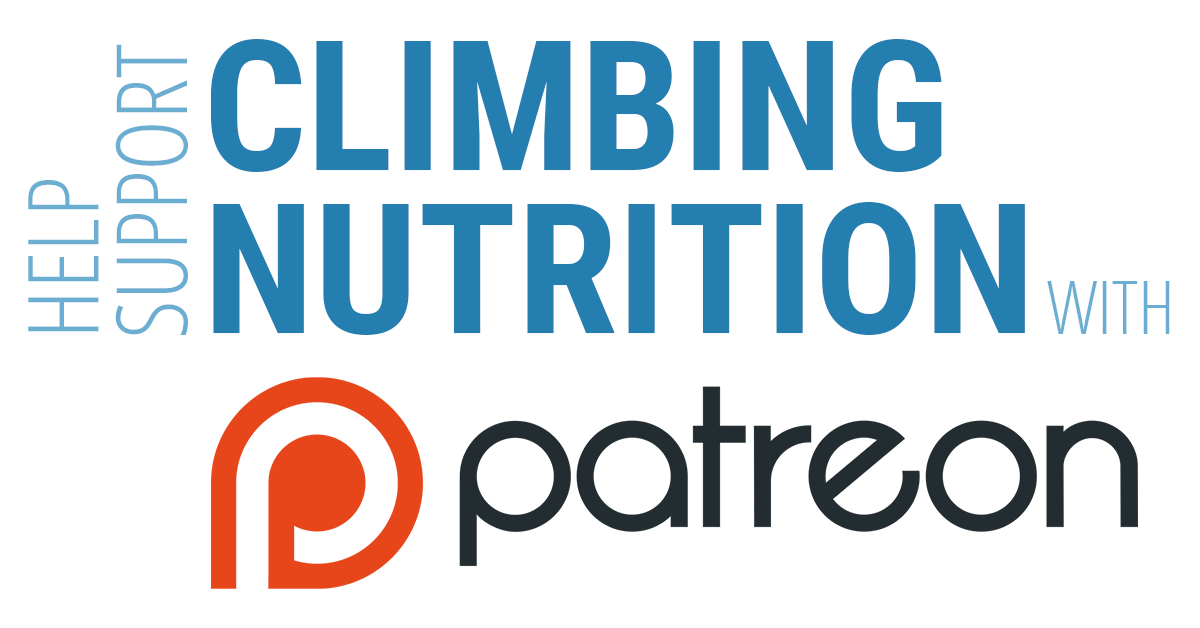
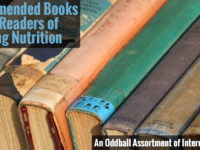
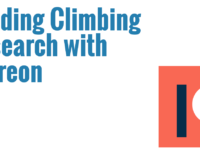

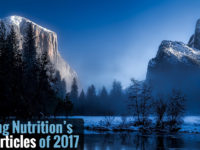

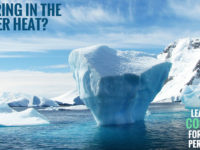








As much as I appreciate the hyperlinks within the text, it is ultimately more responsible to also include a full reference at the end of the article.
As a chemist and biochemist by both education and formal training, your best support will always come from published literature. However, just as you (rightfully) critique case reports, there is also a great variation in published primary literature, too.
Again, I very much appreciate your analysis, but make sure to be responsible to yourself and your readers my fully and accurately citing your sources (even those within the meta analyses) in the end of your posts.
Thanks for the comment—I have tried in the past to do AMA style references throughout my articles, but found it to be an extreme hassle within the WordPress platform. There are a few tools that attempt to make it easier, but they all had unforgivable flaws (such as failing to update in-text reference #s after rearrangement) that essentially broke them. For the longer, much more heavily referenced articles I’ve done (such as the supplement guides), I do include in-text references and a references section at the end—but to achieve that, I have to do the entire write-up in Word, then transfer it and reformat it for WordPress.
Anyhow, I appreciate the critique, and I’ll take a new look at how I can make references feasible!
Good article. I would be interested in case studies of demographics that eat more soy (China, Japan, Thailand, etc.) and if there are any detrimental effects. For example, Shaolin and surrounding Kung Fu schools in china have some beefy kung fu superstars who eat basically a vegetarian diet supplemented with soy. Many of them are young adolescents and seem to show no abnormal hormone problems.
There are a lot of studies done on soy intake in Asian populations, but they’re almost always in relation to breast cancer (and show a benefit). One of the meta-analyses I linked to in the article did use a couple of trials on Japanese men as part of the analysis and found no association. But yes, given the sheer number of men who eat soy as part of their daily diet in Asia, you might expect more side effects if there were any detrimental changes in hormone levels. It’s not a solid base for evidence, but if we were to going to form a hypothesis to test, “soy is bad for men” wouldn’t appear very promising.